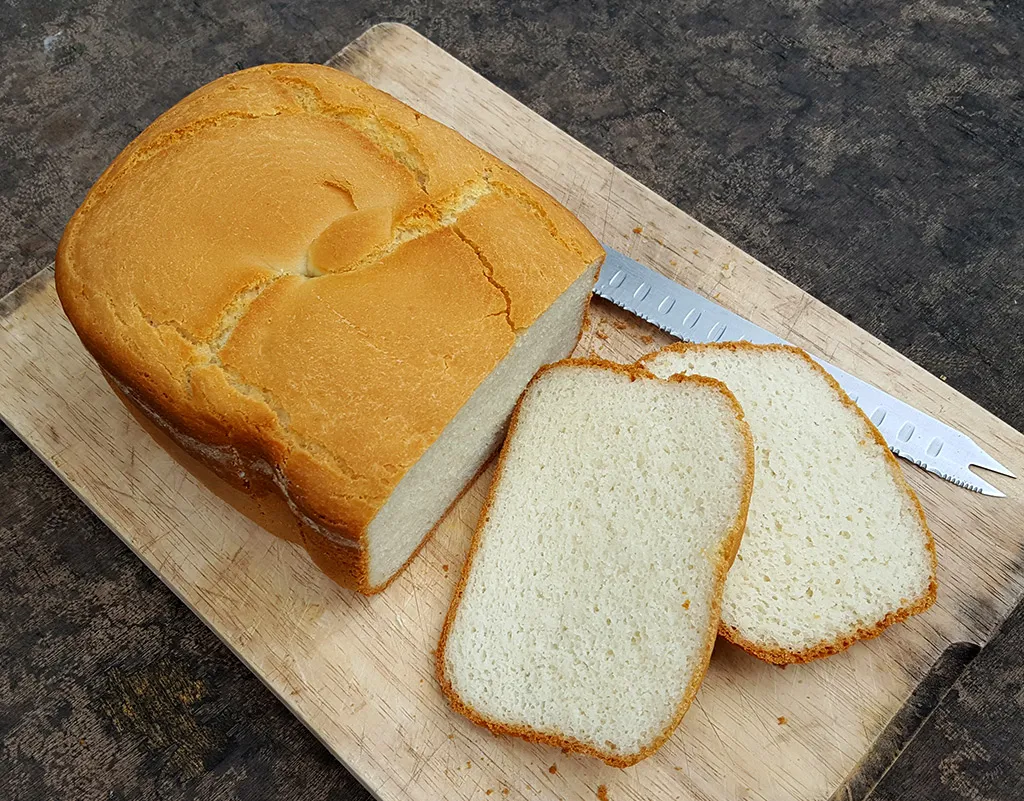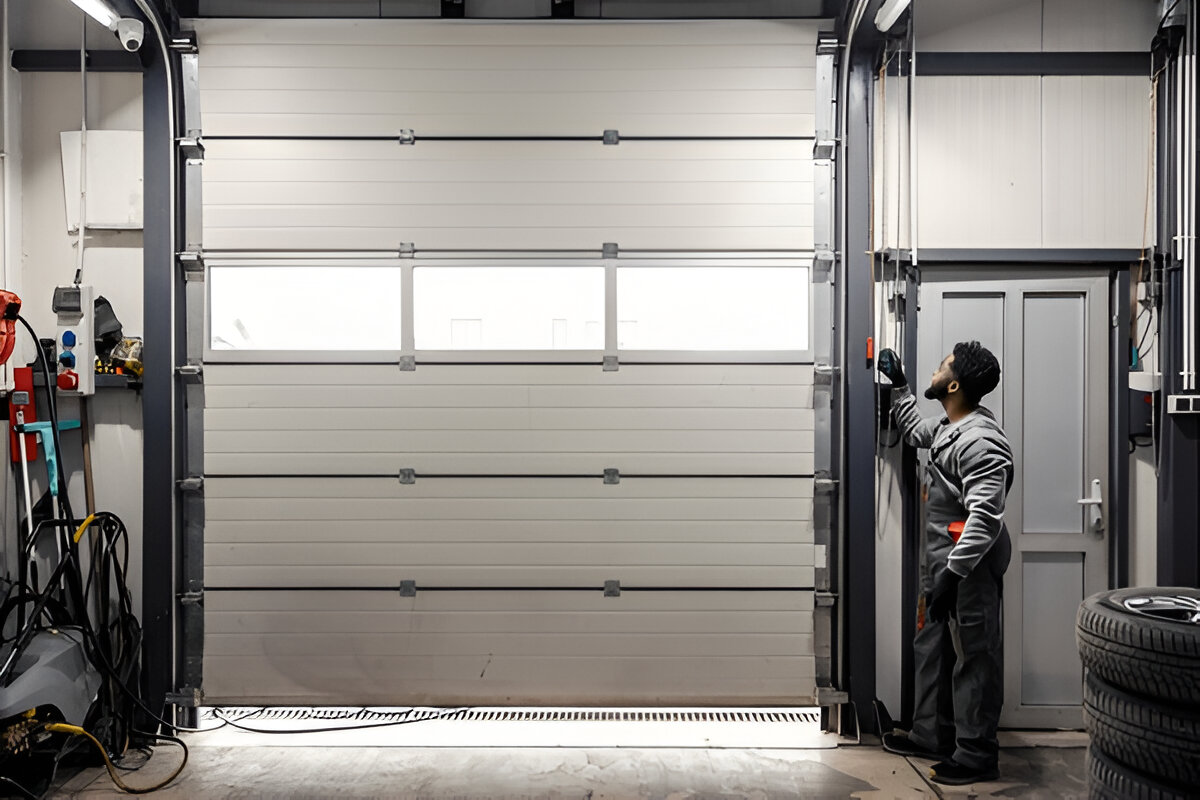Knife and Fork Bakery believes that the art of making Gluten Free Bread is about more than just removing gluten. It is about creating bread that tastes great, has the right texture, and fits perfectly into a healthier lifestyle. People today want bread that feels like a treat but still supports their diet choices. This has made gluten-free baking more popular than ever, but it also comes with unique challenges.
Why Gluten-Free Bread Feels Different from Regular Bread?
One of the main reasons gluten-free bread feels different is because gluten is the protein that gives traditional bread its structure and stretch. Without it, dough behaves differently, often becoming sticky or crumbly. This is why baking gluten-free bread takes a new approach. Instead of relying on gluten, bakers use blends of rice flour, almond flour, sorghum flour, or oat flour. To help improve structure, they add binders such as xanthan gum, psyllium husk, or chia seeds.
The Role of Patience in Gluten-Free Baking
Unlike traditional dough, gluten-free dough does not need heavy kneading to build structure. Instead, it benefits from resting, hydration, and careful handling. Allowing the batter-like dough to rest helps absorb water and improves the final texture. Patience becomes the secret ingredient here.
Choosing the Right Flour Blend
Flour is the backbone of any bread recipe, and when baking gluten-free, it becomes even more important. Single flours often don’t work well on their own. For example, rice flour might create a gritty feel, while almond flour alone could make bread too heavy.
Best Blends for Better Results
A mix of whole grain and starch-based flours tends to bring balance. For instance, a combination of brown rice flour, tapioca starch, and sorghum flour creates a soft texture and mild flavor. The idea is to combine a heavier flour with a lighter starch, ensuring the bread holds together while still feeling light.
The Importance of Hydration
Gluten-free flours need more liquid than regular wheat flour. This is because they absorb water differently. If the dough feels more like a thick batter, it is actually a good sign. Proper hydration keeps the bread moist, prevents crumbling, and allows the flavors to shine.
Tricks for Perfect Hydration
Adding warm water instead of cold can improve yeast activity and help dough rise better. Some bakers also use milk, plant-based milk, or yogurt for added softness and taste.
Yeast and Rising Time
Yeast plays a major role in creating air pockets, making bread fluffy instead of dense. In gluten-free baking, the rising process is even more important because the dough needs help holding air.
Giving Bread Enough Time to Rise
Gluten-free dough should be left to rise until it doubles in size. However, over-proofing can cause collapse, so keeping an eye on the dough is key. Covering it with a damp towel and placing it in a warm spot works well.
Using Binders for Better Structure
Binders act like the glue in gluten-free recipes. Without gluten, bread needs extra support to stay together.
Common Binders in Gluten-Free Bread
Xanthan gum is a popular option because it creates elasticity and prevents crumbling. Psyllium husk gives dough a wheat-like feel and adds fiber. Flaxseed and chia seeds, when mixed with water, form a gel that mimics eggs and adds nutrition.
Baking Temperature and Time
Getting the oven settings right is another important part of gluten-free baking. Unlike regular bread, gluten-free bread benefits from starting at a higher temperature and then lowering it after the first few minutes.
Why This Works?
The initial burst of heat gives the yeast a final push, helping the bread rise. Lowering the temperature afterward allows the inside to bake evenly without burning the crust.
Adding Flavor and Nutrition
Gluten-free bread should not just be safe to eat but also taste great. Adding herbs, seeds, or grains can make it more exciting.
Ideas for Better Taste
Sunflower seeds, sesame seeds, or pumpkin seeds add crunch and nutrition. Spices like rosemary, garlic, or even cinnamon can transform a simple loaf into something special.
Storage Tips for Freshness
One common issue with gluten-free bread is that it dries out faster than regular bread. Learning how to store it properly makes a big difference.
How to Store Gluten-Free Bread?
The best way is to slice the loaf and freeze it in portions. This way, it can be toasted directly from the freezer without losing freshness. Keeping it at room temperature for more than two days is not ideal, as it may become stale quickly.
Mistakes to Avoid When Baking Gluten-Free Bread
Even experienced bakers face challenges. Avoiding common mistakes can save time and ingredients.
Common Errors
- Using only one type of flour
- Not adding enough liquid
- Skipping the binder
- Over-baking or under-baking
- Forgetting to let the dough rise fully
Why Knife and Fork Bakery Loves Baking Gluten-Free Bread?
Knife and Fork Bakery takes pride in offering bread that feels comforting, tastes rich, and supports healthier choices. Their bakers know that gluten-free bread is not just a substitute but a product of its own value. By carefully balancing flour blends, hydration, and baking techniques, they provide loaves that customers can enjoy every day without missing traditional bread.
Practical Tips for Home Bakers
Those who want to try baking gluten-free bread at home can start with small steps. Using a kitchen scale instead of cups ensures accurate measurements. Mixing wet and dry ingredients separately before combining them also improves texture.
Easy Starting Point
A simple recipe with brown rice flour, tapioca starch, psyllium husk, yeast, and olive oil can create a soft, flavorful loaf. Once basic steps feel comfortable, experimenting with new flours and flavors becomes fun.
Conclusion
In the end, the secret to perfect gluten-free bread is a mix of patience, creativity, and the right ingredients. While traditional bread relies on gluten for structure and taste, gluten-free bread proves that with the right methods, results can be just as enjoyable. From flour blends to baking temperatures, every detail matters.
Knife and Fork Bakery shows that gluten-free bread can be more than just a safe option. It can be delicious, healthy, and satisfying. The future of baking where flavor, health, and inclusivity come together.
Here, you can read more Blogs!



